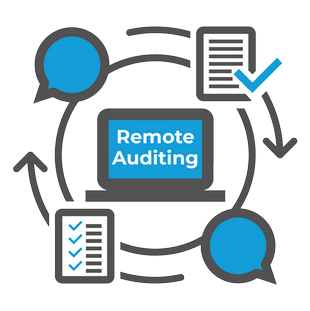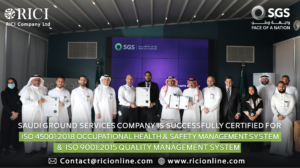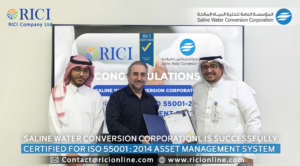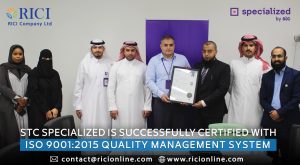Remote Certification and Audit
Remote Certification and Audit

- October 28, 2020
Share This Post
COVID-19 pandemic has changed the way we work. With evolving technology to support remote working, it was only a matter of time before majority of the population implemented Work from Home/remote working options. However, the pandemic has shortened the implementation curve. In a few months, organizations adopted remote working and remote certification audits. This article discusses how companies can utilize this opportunity and complete their audit remotely.
Remote ISO certification audit was introduced when companies started to close their doors due to spread of the highly contagious corona virus. Implementing remote work showed how much waste in terms of time and number of steps in our processes. Initial certification audit consists of two audits – stage 01 and stage 02 audit. Stage 01 is termed as the documentation review audit. If the stage 01 audit is performed on-site, then the auditor assesses the facility as well. Stage 02 audit is the implementation audit i.e., the approved procedures and policies in compliance with the ISO standard(s) are followed.
For documentation review audit (stage 01) audit, the client can send the link to a drop box, google drive, WeTransfer link, etc. to the auditor in advance. The auditor and client shall agree upon the application to conduct the virtual opening and closing meeting. There are numerous applications to support online meetings such as Zoom, GoToMeeting, Google Meetings, Skype etc. The auditor sends the client an audit plan at least three days prior to the audit which contains the details of audit that both parties agreed upon. After the opening meeting, the auditor can continue to review the documentation and clarify with one client representative assigned to support the auditor. At the end of the audit, the auditor conducts the closing meeting and provides a one-page report mentioning the development points.
For the implementation audit (stage 02) audit, the auditor and client can video call to validate the procedural aspects. The auditor can retain picture evidences and records to verify compliance of key processes with the ISO standard. During stage 02 audit, the auditor verifies the closure of the development points stated in the stage 01 report. In case, there are any non-conformances, the auditor mentions those in the report.
Remote audit does undermine certain crucial aspects of the audit. During an onsite audit, the loopholes/inefficiencies/non-compliance are easier to identify as compared to remote audit. However, remote audit for activities such as documentation review can reduce the operational costs such as: auditor travel time and hospitality or involvement of the client employee in full day audit. Given the work culture shift that we have seen recently, we can expect some aspects of audit to become a norm.






